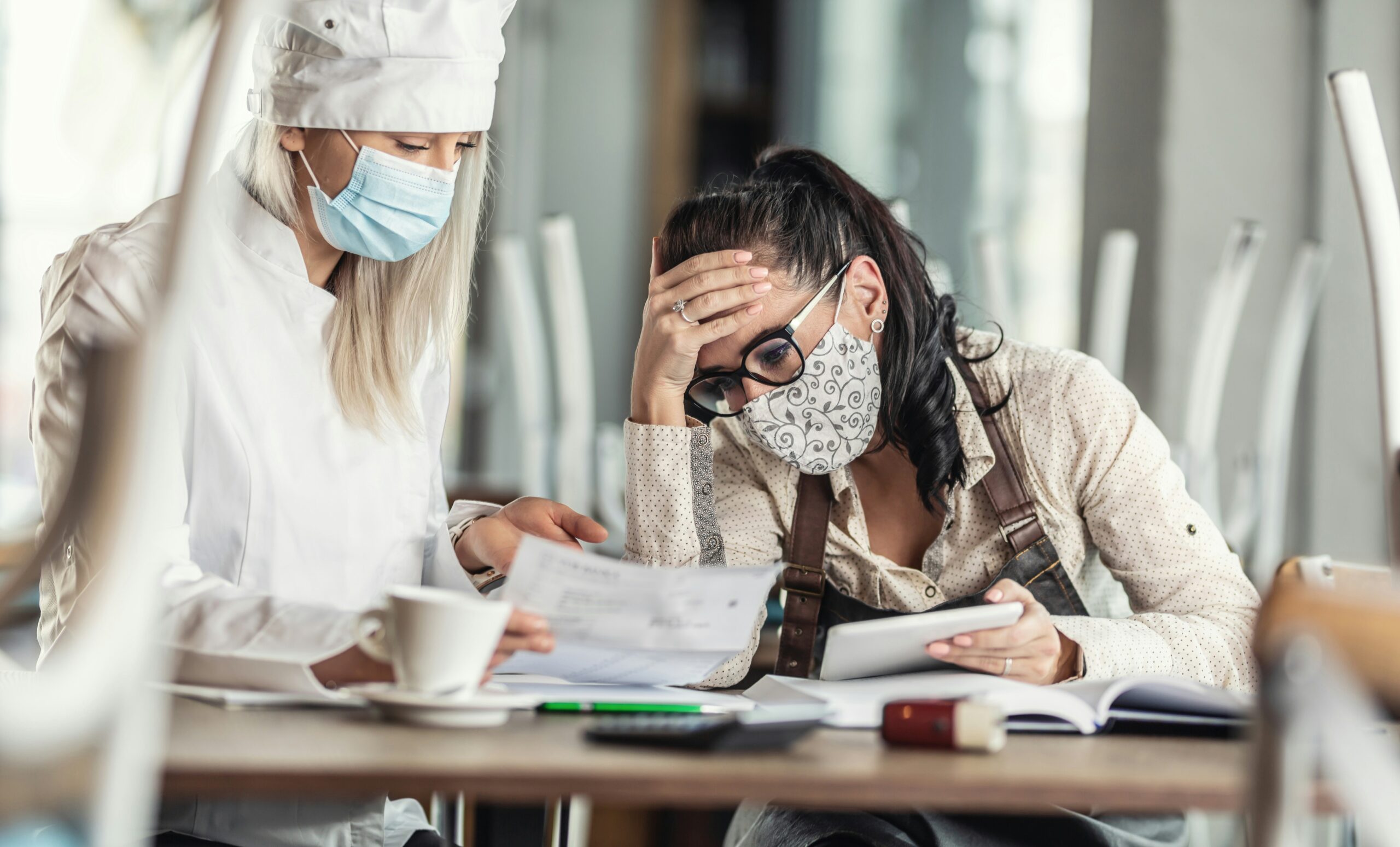
Professional remediation often sounds like a technical service hidden behind industry jargon. But the truth is simpler. It’s about protecting your home or workplace from hazards you can’t always see or smell. Many of these dangers grow quietly, hiding behind walls, under floors, or in the air you breathe. They create risks that go beyond inconvenience. Left unchecked, they can harm your health, weaken your property, and drain your finances.
This article examines the hidden dangers that professional remediation addresses, their significance, and how the process safeguards both individuals and the environment.
Hidden Health Risks Lurking in Everyday Spaces
The walls and floors in a building may look solid, but they can conceal contaminants. Mold, for example, thrives in damp conditions. A small water leak can set the stage for spores to multiply. At first, you may only notice a musty smell. Over time, the air becomes filled with microscopic particles that irritate the lungs, trigger allergies, or exacerbate asthma.
Another hidden danger is asbestos. Though its use has dropped, many older buildings still contain it. When disturbed, asbestos fibers break apart and become airborne. Breathing them in may cause long-term illness. Unlike dust, you cannot sweep asbestos away. Professional teams handle it with specialized equipment, ensuring safety at every step.
Lead paint is another example. Common in homes built before the late 1970s, it can chip and release toxic dust. Children are most at risk, as exposure can have a significant impact on brain development. Trained remediation professionals use controlled methods to remove or seal lead without spreading contamination.
Invisible Contaminants in the Air
Air quality often goes unnoticed until symptoms appear. Poor ventilation allows pollutants to build up indoors. Chemicals from cleaning products, adhesives, or old carpets can release harmful vapors. Radon, a natural gas that seeps from soil, may collect inside basements and living areas without smell or color to warn you.
Professional remediation detects these threats with advanced tools. Air sampling, thermal imaging, and moisture meters reveal issues that the naked eye cannot see. Once identified, remediation teams remove or reduce exposure, often by improving ventilation, sealing leaks, or applying safe treatments.
Structural Damage That Weakens Safety
Moisture doesn’t just grow mold; it also damages the building itself. Wood exposed to water becomes soft and unstable. Termites and other pests thrive in these conditions, compounding the harm. Cracks, sagging floors, and weakened supports may follow. What appears to be a cosmetic issue—such as peeling paint or warped boards—may actually signal deeper structural problems.
Professional remediation does more than clean the surface. It tackles the root cause, whether it’s a leaking pipe, poor drainage, or unnoticed flooding. By repairing damage and preventing recurrence, remediation restores strength and stability to the property.
Financial Burdens from Ignored Problems
Many people put off addressing hidden hazards, thinking they can save money. Yet delays often create higher costs. A slow leak left unattended can lead to mold that spreads across multiple rooms. A small crack in the foundation can develop into a major issue, requiring significant repair. Contaminated air may result in medical bills and lost workdays.
Professional remediation prevents these spirals. Eliminating hazards early saves money in the long run. Insurance claims may also be affected if issues are linked to neglect. Taking action through expert help keeps costs under control and avoids disputes later.
Emotional Stress and Peace of Mind
Living with hidden dangers affects more than health or finances. Uncertainty about what lies behind the walls or under the floors creates stress. Parents worry about children’s safety. Workers may feel uneasy in an office with poor air or visible water damage.
Professional remediation provides peace of mind. Specialists explain the problem, show evidence, and outline solutions. Knowing the risks are handled brings relief. It also builds trust if you plan to sell or rent the property. Buyers and tenants value spaces certified as safe.
Why Professional Intervention Matters
Some hazards are easy to address with do-it-yourself methods. Scrubbing mold from tiles, painting over stains, or sealing cracks may look like solutions. In reality, these are often temporary covers. The underlying issue remains, ready to resurface.
Professional remediation differs because it follows proven procedures. Teams wear protective gear, use advanced tools, and apply safe disposal methods. They not only remove the visible problem but also test for lingering traces. This thorough approach ensures hazards are gone, not just hidden.
How Remediation Safeguards the Future
Eliminating dangers is only part of the process. Prevention is the other half. Remediation professionals advise on improvements that reduce future risks. These may include better ventilation systems, upgraded insulation, or moisture barriers. By addressing both the cause and the effect, remediation creates safer, healthier, and more resilient spaces.
The long-term benefits extend beyond safety. Buildings that have undergone remediation tend to retain a higher value. Families and employees benefit from cleaner air, fewer health issues, and increased comfort. In this way, remediation is not just a reaction—it’s an investment in the future.
The Bigger Picture of Safety
When we think of danger, we often envision dramatic events, such as fires or storms. Yet the most serious risks can grow quietly and invisibly. Mold spores, asbestos fibers, or radon gas don’t announce their presence with noise or color. They slip into daily life unnoticed until damage is done.
Professional remediation acts as a shield against these hidden dangers. It combines science, training, and technology to reveal and remove what most people can’t detect on their own. By trusting experts, you protect your health, preserve your property, and reduce stress.